The body is 60% water, so what happens when you have more than that?
Also known as fluid retention or edema, water retention happens when excess water builds up in your body. If you’ve ever noticed swelling in your ankles or hands after a long flight or road trip, chances are you’ve experienced water retention.
Below are several of the most common reasons you may be retaining water (as well as symptoms to look for if you aren’t sure), and what you can do to get rid of the pesky puffiness that comes with it.
Can you spare 10 minutes a day? Then you can do this 7-Day Paleo Weight Loss Bodyweight Workout Challenge!
Click here to get your FREE copy!
Common Causes of Water Retention
Fortunately, most of the common reasons for water retention aren’t serious. These include:
- Staying still for too long. Sitting or standing in one place without enough movement can reduce circulation and lymph flow. (1)
- Menstrual periods or hormone changes.
- Eating too many salty foods. Salt tends to hold water, which can make fluid retention worse. (2)
- Prescription medication side effects.
- Pregnancy.
5 Signs You’re Retaining Water

You may be retaining water and not even be aware of it, as water retention doesn’t always manifest as telltale puffiness. Take a look at the signs below to see if you’re indeed holding onto some extra water.
1. You’re Bloated
One common sign of water retention is bloating, especially in your belly, and even more so if you’re close to your menstrual cycle. When water retention occurs, it fills the cavities and tissues of your body, one of which could be your abdomen. (3)
Usually abdominal bloating from water retention will feel different from bloating from bad digestion. It will most likely feel puffier and “pillow-like” to the touch, while bloating from gas or other issues may feel harder or painful.
2. Your Legs and Feet Are Swollen
When you’re experiencing water retention from lack of movement or circulation, water will tend to accumulate in your lower extremities, such as your legs and feet. (4) If your socks and shoes feel suddenly uncomfortable, this could be your indication. Another trick is to press a finger into the area – if it leaves an indentation for a moment, it’s most likely water retention.
3. Your Face Is Puffy
Your face can also appear puffy when you’re holding extra water. This is typically due to lack of circulation and fluid flow, which can make your face look rounder or swollen.
4. Your Joints Are Stiff
Interestingly, your joints may also become stiff when you’re experiencing fluid retention. This is because fluid accumulates in the cavities around your joints and can make it harder to move them due to the extra pressure. (5)
5. Your Weight Fluctuates
If you see your weight going up and down more rapidly than normal, chances are you’re gaining and losing water weight. This is why many people experience rapid weight loss when they start a low-carb diet – carbohydrates store extra water, and when you eat fewer carbs, the extra water weight comes off quickly. (6)
6 Ways to Reduce Water Retention
Fortunately, water retention can often be fixed with a few easy lifestyle adjustments. Below are several suggestions to help you get rid of the extra water to banish puffiness and bloating.
1. Reduce Your Salt Intake
Salt, or sodium chloride, helps to maintain fluid balance within your cells. When you have excess sodium in your system, your water balance also gets thrown out of whack. Studies prove this, noting that participants who consume more salt tend to hold more water. (7)
If you find you’re holding on to water, try avoiding the salt shaker for a few days. Focus on consuming whole, unboxed, and fresh foods for the majority of your meals, so you can be sure you aren’t getting any added sodium.
2. Increase Your Potassium Intake
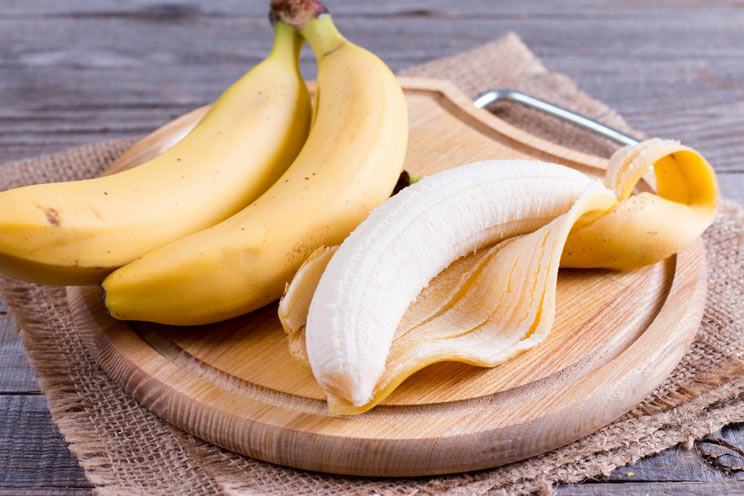
Potassium is another important mineral that helps regulate fluids in your body. Studies show that when you aren’t getting enough potassium, your sodium levels increase. However, when you get more potassium, it reduces sodium and actually promotes water loss. (8)
Add a couple high-potassium foods to your diet each day, like bananas, avocados, beets, and spinach.
3. Get More Magnesium
Magnesium is an important mineral responsible for everything from energy production to protein synthesis. (9) It also interacts with other minerals that regulate fluids in your cells, such as sodium and potassium, highlighting its ability to play a role in fluid retention.
Studies show that supplementing with magnesium helps women with PMS symptoms reduce water retention. (10)
To up your intake of magnesium, try a supplement, take soothing Epsom salt baths, or eat magnesium-rich foods such as dark chocolate, leafy greens, and nuts and seeds.
4. Try Dandelion Tea
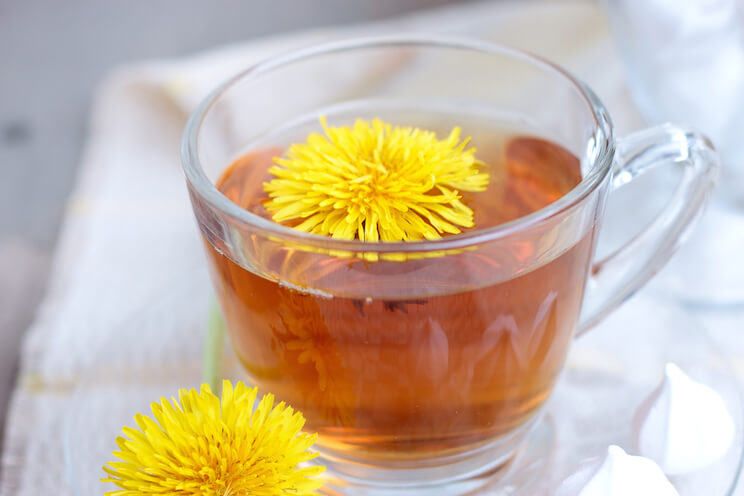
The easiest way to get a dose of dandelion is to sip on dandelion leaf tea, which you can find in your local health food store. Aim for two to three cups a day, until you start to urinate more and water retention goes down.
5. Reduce Processed Carbs
Not only do processed foods often contain high amounts of added sodium, but they also have high amounts of processed carbohydrates. (13) Aside from containing minimal nutrient value, eating these carbs in excess can lead to water retention due to the fact that carbohydrates naturally hold more water than protein or fat. (14)
Plus, the insulin spike you receive from processed carbs causes sodium to be reabsorbed through your kidneys, instead of flushed out. (15)
Try to avoid processed carbs like sugary snacks, chips, flours, and boxed or canned meals and opt instead for organic produce, healthy fats, and fresh, grass-fed meats.
6. Drink More Water
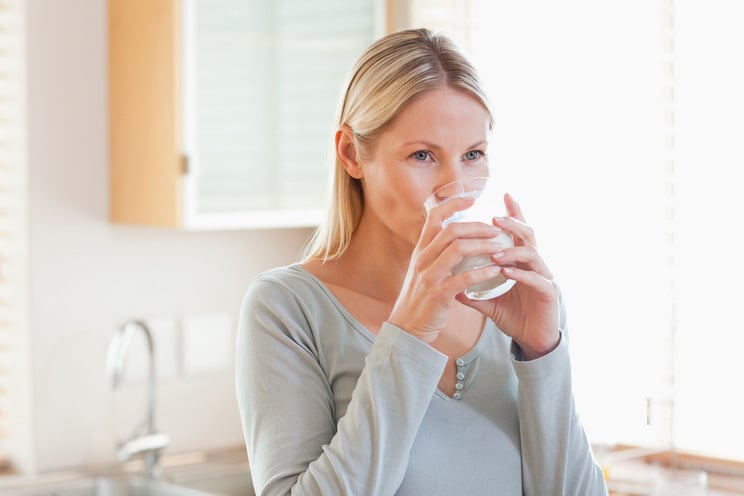
While it might seem counterintuitive, drinking more water may actually be able to help you get rid of water retention. This is because drinking more fluids can help flush excess sodium from your body through your kidneys. (16)
Try to drink more water than usual when you’re holding water weight, and be sure to balance all the extra water with some potassium and magnesium-rich foods like leafy greens and avocado. Drinking extra water can help flush other minerals as well as sodium, so you want to make sure you have an adequate intake.
The Bottom Line
By making a few dietary changes, you can reduce water retention causing puffiness or bloating. Try cutting back on your salt intake, drink more water, or try any of the other above tips to beat the uncomfortable swelling.
Note: if you find you’re suddenly experiencing severe water retention (e.g., your shoes or socks won’t fit, the neck on your shirt is tight, and/or your face is so puffy your eyes are swollen), contact your doctor, as it could be a sign of something more serious.
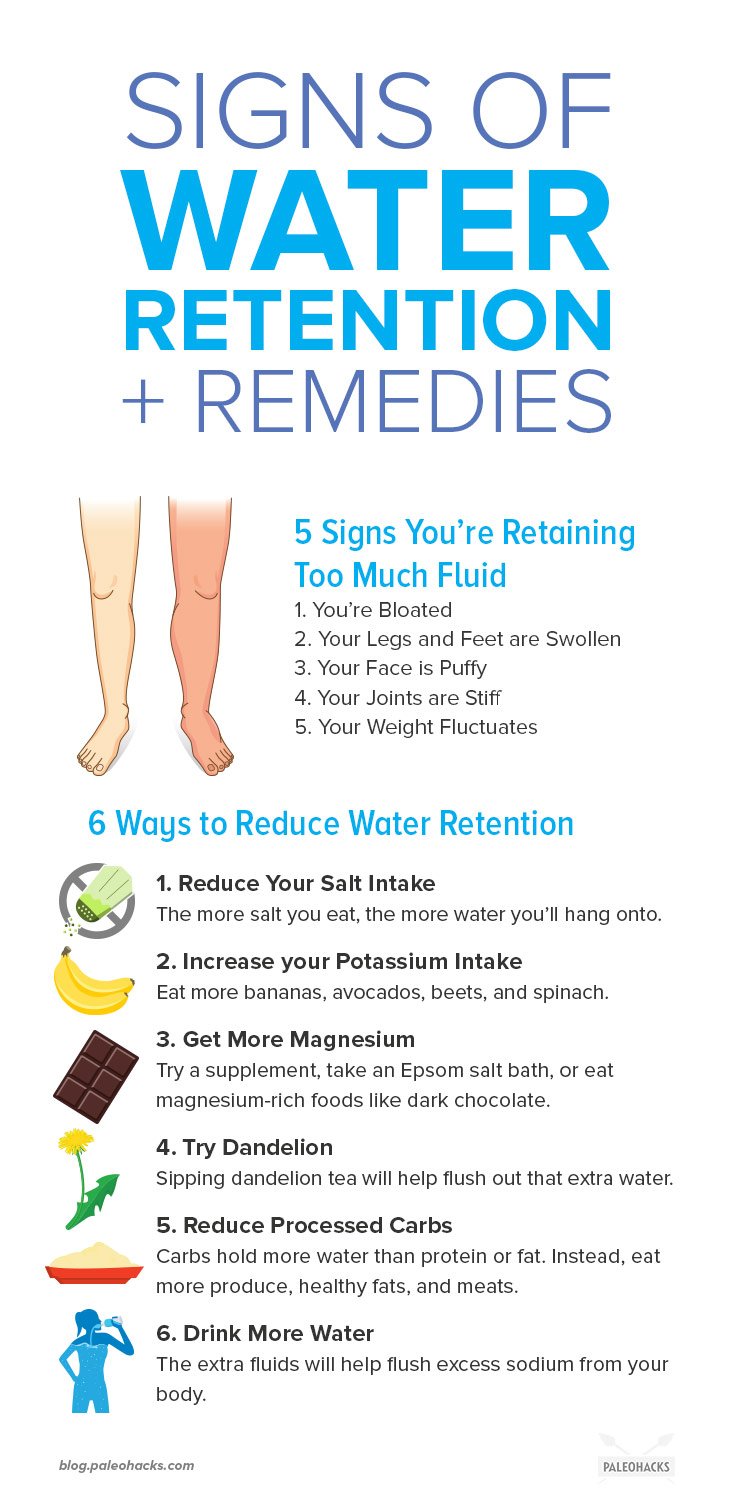
(Read This Next: 7 Signs Your Gut Bacteria Are Out of Whack)


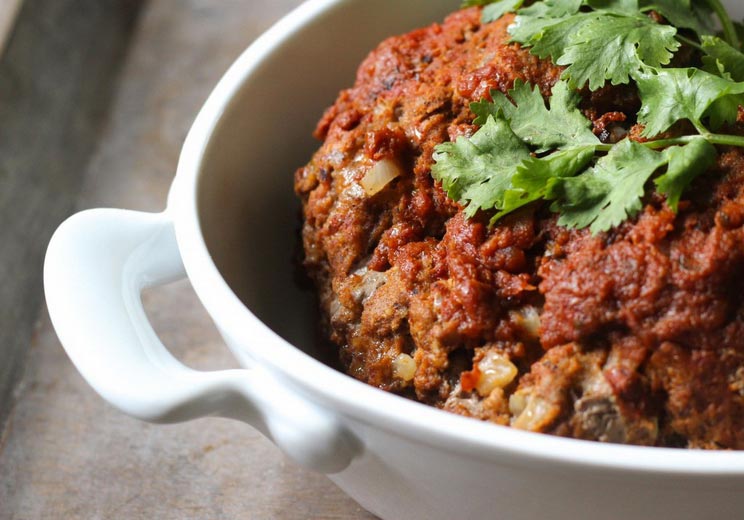 20 Healthy Dump Dinners for Days You’re Too Tired to Cook
20 Healthy Dump Dinners for Days You’re Too Tired to Cook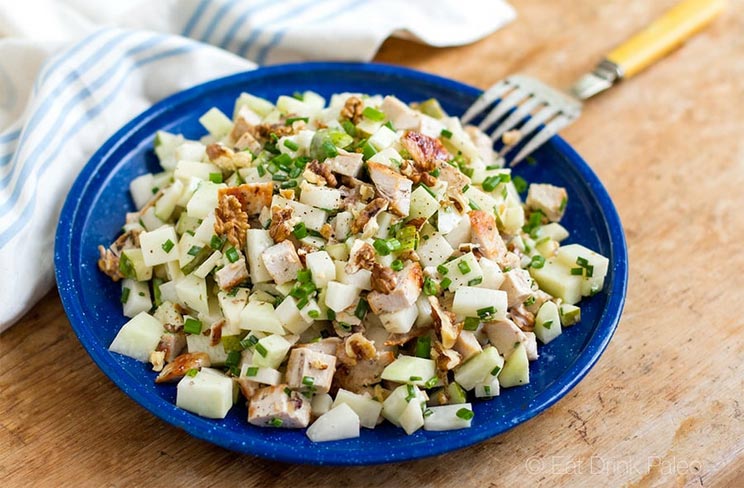

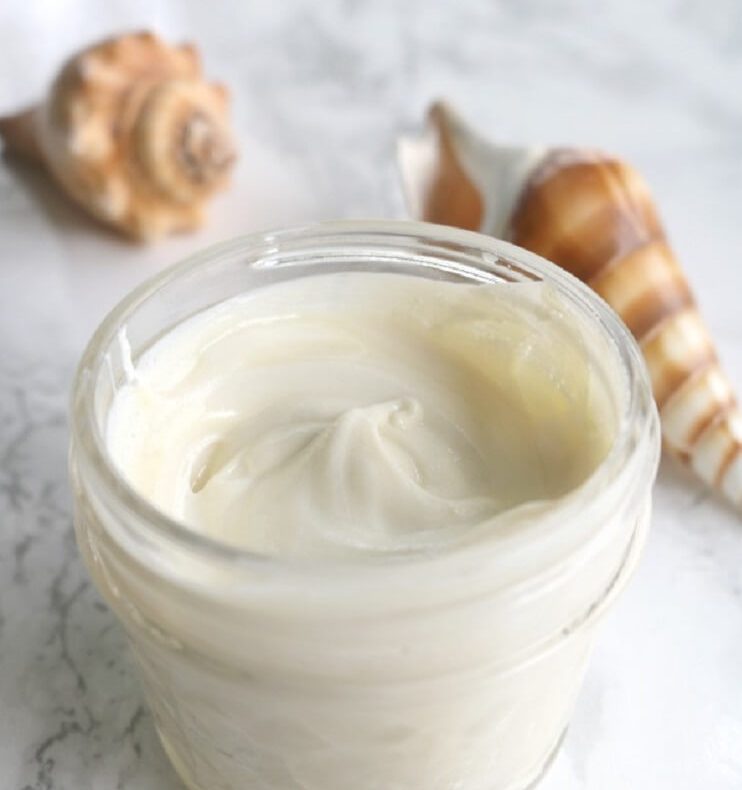
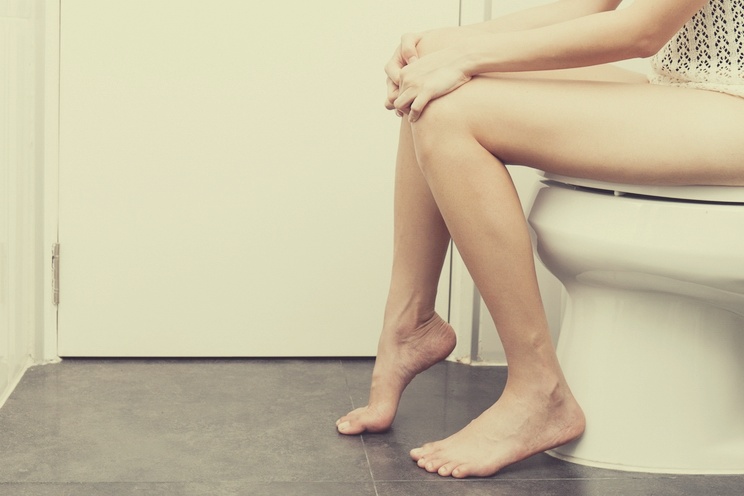
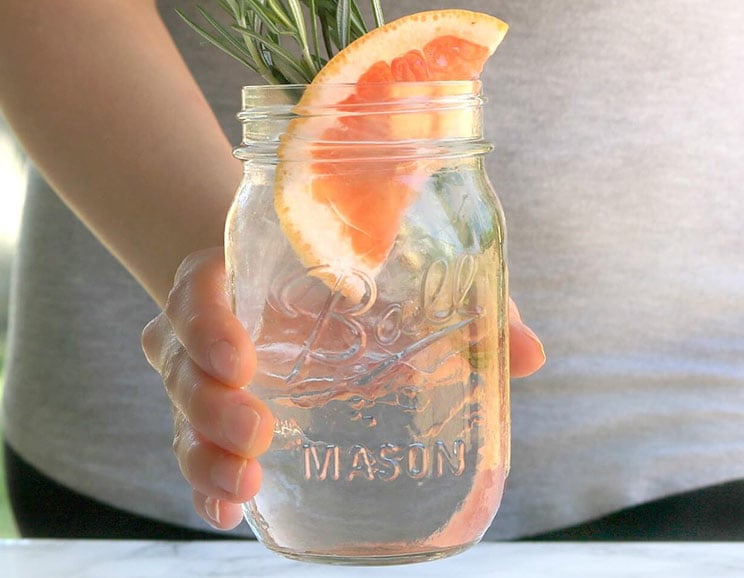
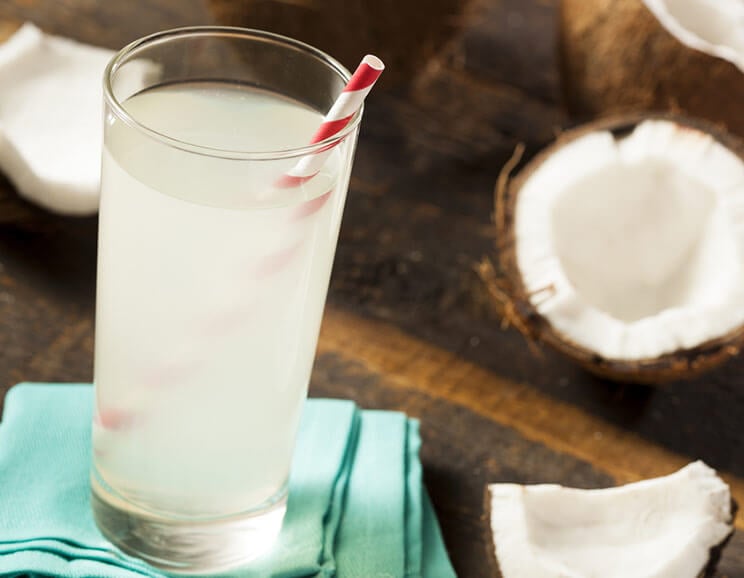
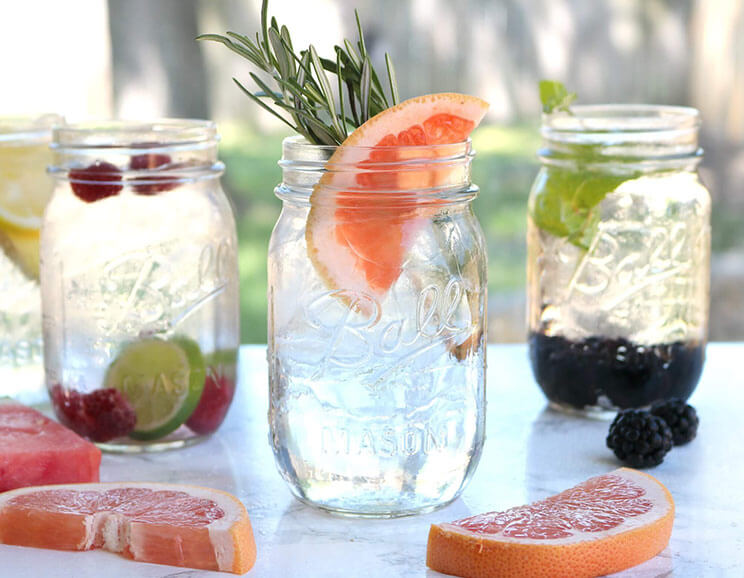
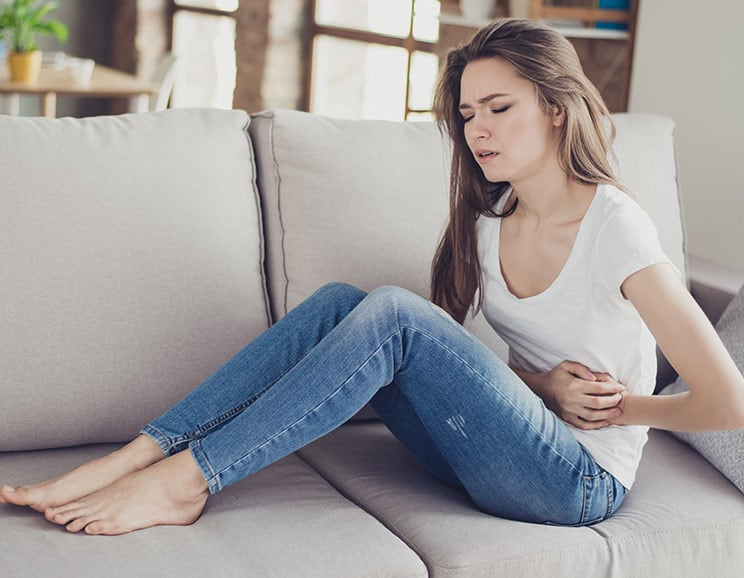
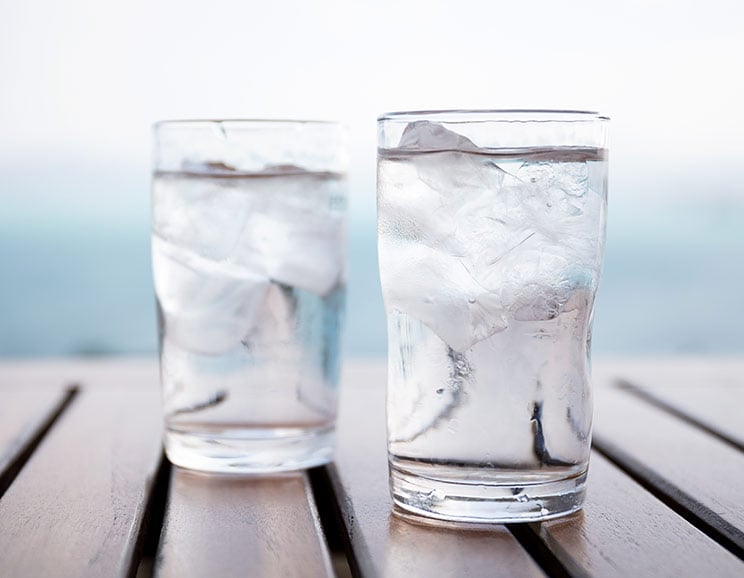
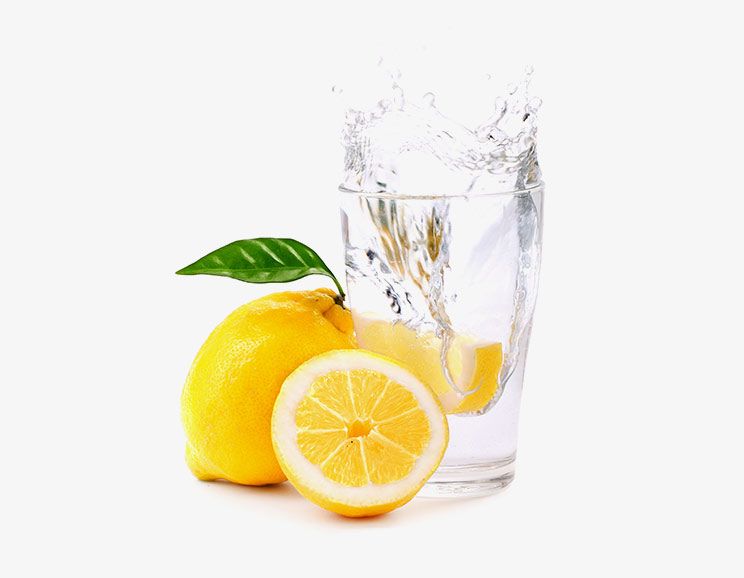
Show Comments